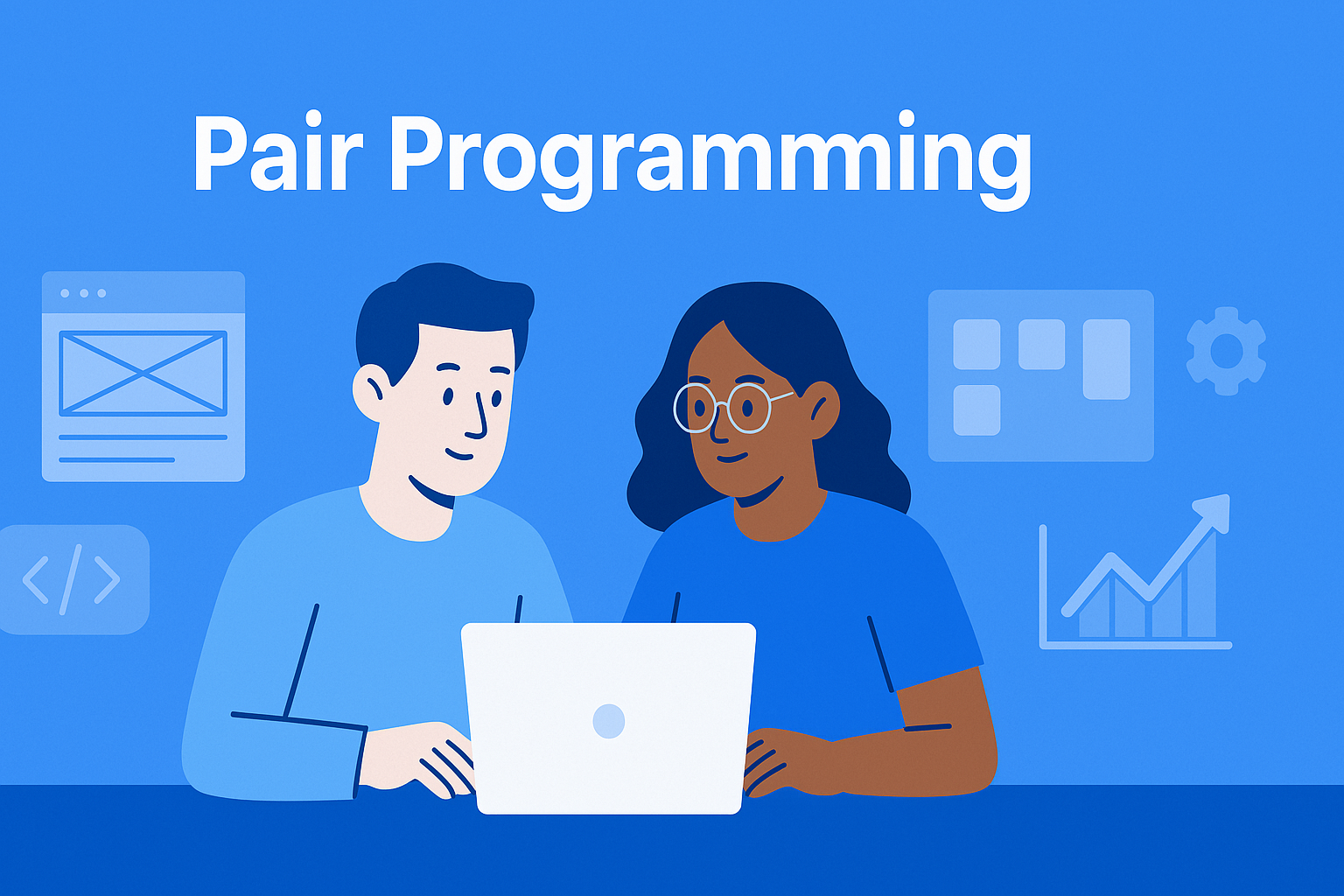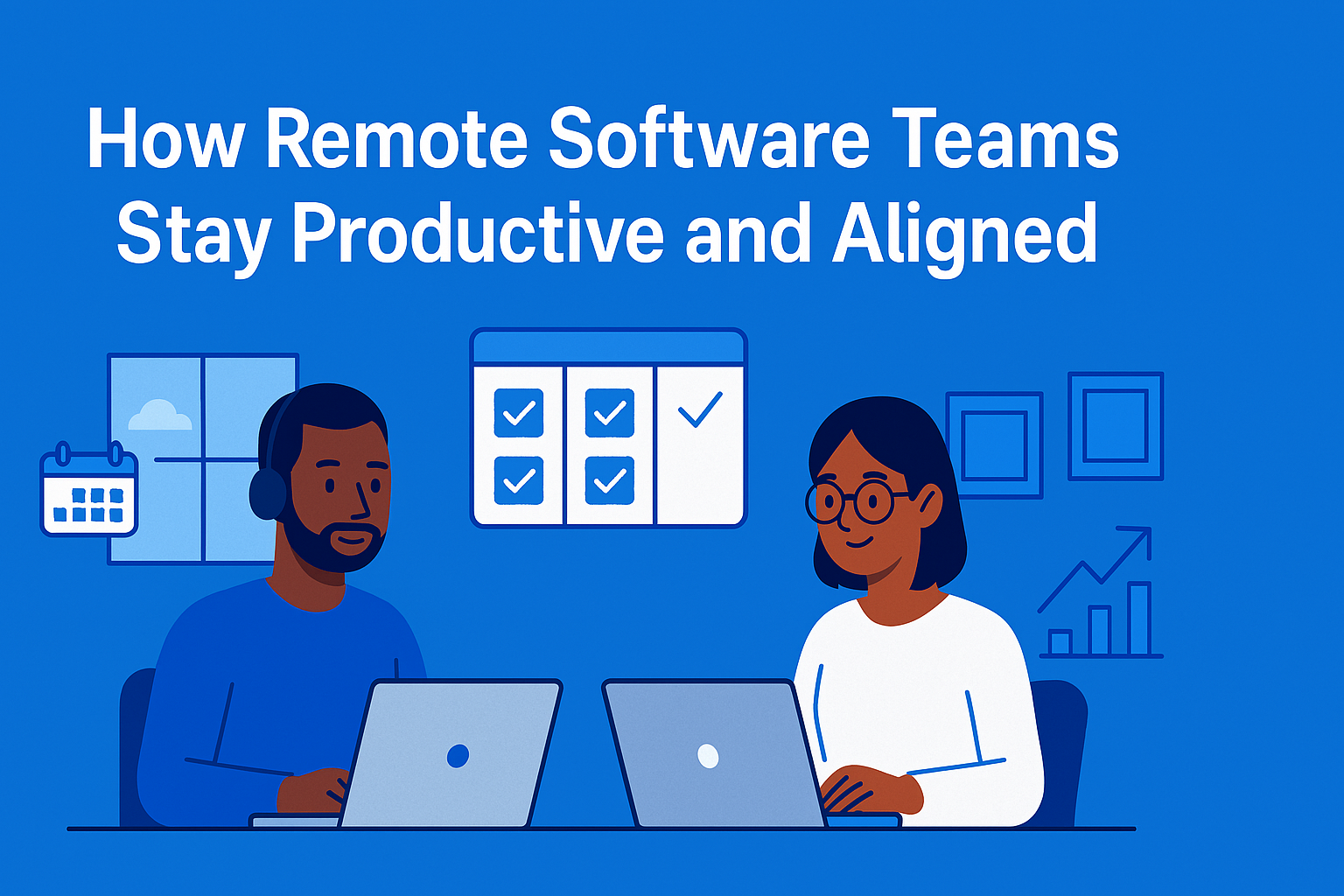· Software Development · 3 min read
Pair Programming - Pros, Cons, and Best Practices
Pair programming can improve code quality and team collaboration but it’s not for everyone. Learn when to use it, when to avoid it, and how to make it work.

Introduction – What Is Pair Programming?
Pair programming is a software development technique where two developers work together at one workstation.
One writes the code (the “driver”) while the other reviews and guides (the “observer” or “navigator”).
Popularized by Extreme Programming (XP), pair programming promises better code, fewer bugs, and improved team learning but it also comes with challenges.
This guide explores the pros, cons, and best practices of pair programming, helping you decide when it’s worth using in your workflow.
Pros of Pair Programming
Pair programming can deliver tangible benefits when applied correctly.
- Improves code quality through real-time review
- Reduces bugs and edge cases by combining perspectives
- Promotes continuous learning and mentorship between developers
- Helps onboard junior developers more effectively
- Encourages deeper design discussions before implementation
It’s especially useful for complex tasks, exploratory work, or high-impact code changes.
Cons of Pair Programming
Despite its strengths, pair programming isn’t a perfect fit for every team or situation.
- Can feel draining or mentally exhausting over long sessions
- Doubles developer time on a single task, which may reduce velocity
- Mismatched skill levels or personalities can create friction
- Requires strong communication skills and mutual respect
- Not ideal for repetitive or boilerplate tasks
It’s important to balance solo and paired work based on context and team dynamics.
Best Practices for Successful Pair Programming
Done right, pair programming becomes a habit that builds trust and improves quality.
- Set clear goals before each pairing session
- Alternate roles regularly to keep both developers engaged
- Communicate openly—discuss ideas, don’t just give orders
- Use short, focused sessions (60 to 90 minutes) with breaks
- Pair based on complementary strengths or goals
- Encourage feedback and reflection after sessions
Pairing should never feel like micromanagement, it should feel like collaboration.
Remote Pair Programming Tools
In a remote-first world, many teams pair online. Tools like Tuple, Visual Studio Live Share, and CodeTogether make this easier.
- Enable real-time screen sharing and code editing
- Support low-latency voice and video communication
- Provide keyboard and mouse control for both users
How TaskFrame supports pairing context:
While TaskFrame isn’t a screen-sharing tool, it offers shared visibility and structured documentation.
Developers can discuss tasks, wireframes, and specs together within a shared visual context, reducing the need for repeated explanations and helping pairs stay aligned during collaboration.
When to Use Pair Programming
Pair programming works best when:
- Tackling complex or critical features
- Onboarding a new team member
- Working on unfamiliar code or architectures
- Conducting exploratory work or refactoring
- You want to reduce bug rates in sensitive systems
But it’s okay to opt out for simpler tasks, bug fixes, or boilerplate-heavy work.
Conclusion – Use It with Intention
Pair programming isn’t a one-size-fits-all solution.
When used purposefully, it enhances code quality, team learning, and overall collaboration.
If you’re experimenting with pair programming, focus on communication, empathy, and flexibility.
And if you’re looking for a workspace that makes task context clear for your team—before and during coding sessions—TaskFrame helps keep everyone aligned.
Try TaskFrame and create a shared visual foundation for better team collaboration.



